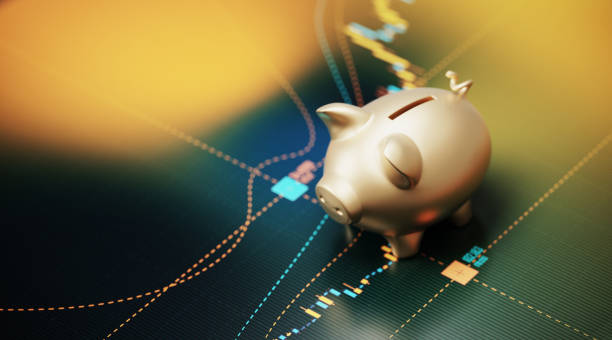Auto Trading, often known as an automated trading platform, is a method that allows traders to participate in structured stock exchanges by automatically buying or trading financial products via an algorithmic trading platform. An Algo software runs commands to do this by putting preset or investor-programmed principles into effect.
The trader chooses a system on which a variety of established criteria and regulations are put in place to employ this automated system, which in practice is shown to be the most popular in financial markets. With such platforms, the trader selects and implements a set of personalized procedures that, if specific specified variables or circumstances are met or certain occurrences take place, the corresponding selling or buying trades are instantly completed.
Table of Contents
How Do You Get Started With Auto Trading?
The quantitative approach or statistical modeling is significantly used in auto trading. You’ll require trading skills or past stock market background because you’ll be making investments in the stock market. Finally, because auto trading frequently uses computer programs and software, you’ll probably need experience with scripting or coding.
Is Automated Trading Lawful?
Auto trading is legitimate. The implementation of automated trading is not constrained by any regulations or laws. Several traders might believe that this kind of investment promotes an uneven trade situation that hurts marketplaces. But, it is not unlawful in any way.
Auto Trading Benefits And Drawbacks
Benefits
Compared to conventional investing methods, auto trading has several benefits, the most prominent of which is the absence of emotional influence. Autotrading prevents irrational decision-making by investors, such as overconfidence or risk aversion, by developing a predefined investing approach. This is because it is built on a set of procedures or algorithms and emotions have no impact on them.
The ability to access a wider choice of monetary securities and worldwide exchanges, which in turn enables the development of a more comprehensive investing, is one of the key benefits that this service has to deliver.
Furthermore, unlike orders placed by a conventional trader, auto trading enables many trades to be completed simultaneously and at anytime. This is because the algorithmic programs currently employed predetermine the criteria for purchasing or selling investment instruments, necessitating no activity on the part of the trader.
Additionally, because algorithms tools react instantly to variations in market circumstances, these transactions are executed faster than those executed by conventional traders. Buying or fleeing the trade can be done within a few seconds.
Additionally, auto trading offers a more accurate analysis, in which a trade is immediately placed if the conditions are favorable for the intended trading case.
Because of this, the user error risk encountered in conventional trading platforms is reduced and deals may be executed better, rapidly, and successfully according to established variables.
Drawbacks
To highlight the limitations or cons of auto trading, it needs to be mentioned that, despite being an automated process, this does not imply that it is impervious to errors. Because algorithmic systems underlie it, there is a possibility that using it could result in mechanical or computer problems that could prevent the service from being rendered successfully.
Furthermore, as the criteria or parameters for executing the orders are established before they are carried out, the consequences of the executed orders may be skewed or unfavorable if faulty or out-of-date databases were used to develop them.
Moreover, because every trade is placed automatically, the program lacks its potential to respond, which is a key component of traditional trading strategies where the user may spot patterns and possibilities in the stock markets and seize them instantaneously.
Last but not least, there is a chance that auto trading could lead to an excessive impact as a result of backtesting, which involves experimenting with many theories to see which one is best for the trader. In these activities, the algorithmic program’s predictive ability is diminished if it rigorously followed the curve predicted with a higher yield perspective, leading to a biased output that could cause losses or decreased efficiency than anticipated for traders.
Conclusion
The implication to be derived from the previous observations is that, even though using auto trading platforms like pattern trader has a wide variety of competitiveness over traditional trading, there are still some obvious risks in utilizing a new technology.
